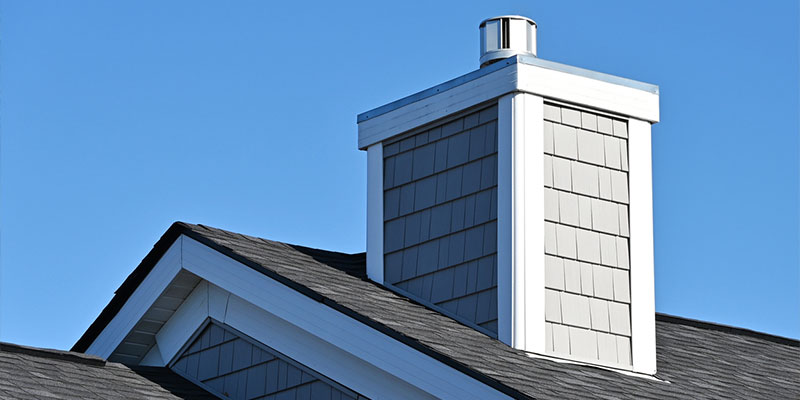When homeowners need to replace their roofs, they’re usually most concerned about choosing the right roofing material. They want to choose something durable and weather-resistant, but also stylish and easy to care for. However, roof flashing is just as important, if not more so, than the type of roof that’s installed above it.

Roof flashing is frequently overlooked, but it plays an essential role in protecting your home from water damage and other outdoor hazards. In this blog, we’ll share some more facts about roof flashing so that you can better understand our work and how our roofers skillfully handle roof replacement projects.
What is Roof Flashing?
Roof flashing refers to a weather-resistant material that’s installed at the joints and intersections across your roof to prevent water from leaking inside. Roof flashing is usually made of thin strips of aluminum, copper, or steel, and it’s carefully placed in areas that are most prone to water leakage.
Benefits of Roof Flashing
- Avoid Water Damage: The main function of roof flashing is to stop water from finding its way inside your home, which further protects your interiors and your belongings.
- Prevent Mold: If rainwater leaks inside your attic or walls, it can cause mold to grow throughout your home, which may exacerbate respiratory problems, create musty odors, and reduce your indoor air quality. Roof flashing prevents mold by keeping all water outside.
- Maintain Structural Integrity: Proper roof flashing ensures that the beams and supports holding your roof up remain free from moisture, wood rot, and mold.



